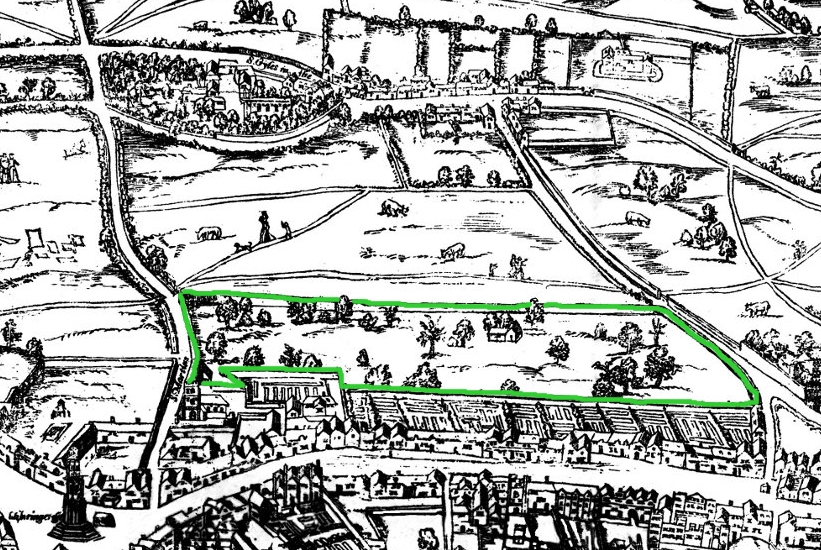|
Dod's Peerage
''Dod's Peerage'' (originally titled, ''The Peerage, Baronetage, Knightage, Great Britain and Ireland, Including All the Titled Classes'') was a long-running annual reference work, published annually, that listed members of the British aristocracy and titled classes. First published in 1841 by Charles Roger Phipps Dod, the series was an information source for peerage, baronetage, knightage, and later other dignitaries such as bishops, members of the Privy Council, and Companions of various orders. History Charles R. Dod (1793–1855), a parliamentary reporter and compiler, began the publication as a more frequently updated alternative to existing works like ''Debrett's Peerage'' and ''Burke's Peerage''. After his death, the work was continued by his son, Robert Phipps Dod (''c.'' 1822–1865), and various successors. The title and format evolved over the decades, but the purpose remained to provide reliable, up-to-date biographical information on Britain's titled classes. Ed ... [...More Info...] [...Related Items...] OR: [Wikipedia] [Google] [Baidu] |
Charles Roger Phipps Dod
Charles Roger Phipps Dod (or Dodd) (1793–1855) was an Irish journalist and writer, known for his reference works including the ''Parliamentary Companion''. , this work is still published as ''Dod's Parliamentary Companion''. Life The only son of the Rev. Roger Dod, vicar of Drumlease, County Leitrim, by his second wife, Margaret, daughter of Matthew Phipps of Spurrtown, he was born at Drumlease 8 May 1793. He entered King's Inns, Dublin, 30 July 1816, with the intention of studying for the bar, but became a writer. Until 1847 he spelt his name Dodd, but after that time he resumed his proper name, Dod, as borne by his father and his ancestors, the Dods of Cloverley, Shropshire. After having been part proprietor and editor of a provincial journal, Dod settled in London in 1818, where for 23 years he was connected with ''The Times''. He took charge of the reports of parliamentary debates, managed reporters, and wrote obituaries to order. He succeeded John Tyas as the compiler of t ... [...More Info...] [...Related Items...] OR: [Wikipedia] [Google] [Baidu] |
Bavarian State Library
The Bavarian State Library (, abbreviated BSB, called ''Bibliotheca Regia Monacensis'' before 1919) in Munich is the central " Landesbibliothek", i. e. the state library of the Free State of Bavaria, the biggest universal and research library in Germany and one of Europe's most important universal libraries. With its collections currently comprising around 10.89 million books (as of 2019), it ranks among the leading research libraries worldwide. The furthermore is Europe's second-largest journals library (after the British Library). Furthermore, its historical holdings encompass one of the most important manuscript collections of the world, the largest collection of incunabula worldwide, as well as numerous further important special collections. Its collection of historical prints before 1850 totals almost one million units. The legal deposit law, still applicable today, has been in force since 1663 and requires that two copies of every printed work published in Bavaria ... [...More Info...] [...Related Items...] OR: [Wikipedia] [Google] [Baidu] |
WC Postcode Area
The WC (Western Central) postcode area, also known as the London WC postcode area, is a group of postcode districts in central London, England. The area covered is of high density development, and includes parts of the City of Westminster and the London Borough of Camden, London Boroughs of Camden and London Borough of Islington, Islington, plus a very small part of the City of London. The WC1 and WC2 postcode districts are relatively recent, having been established in 1917. When the districts are used for purposes other than the sorting of mail, such as for geographic reference and on street signs, their subdivisions - featuring letter suffixes - are often omitted. Postal administration WC1 and WC2 postcode districts are part of the London postal district, London post town. Until created in 1917 they comprised the WC postal district. There are no postally-recognised localities used in them. No great recoding in this postcode area took place from 1990 to 2007. Post Offices in W ... [...More Info...] [...Related Items...] OR: [Wikipedia] [Google] [Baidu] |
Convent Garden
Covent Garden is a district in London, on the eastern fringes of the West End, between St Martin's Lane and Drury Lane. It is associated with the former fruit-and-vegetable market in the central square, now a popular shopping and tourist site, and with the Royal Opera House, itself known as "Covent Garden". The district is divided by the main thoroughfare of Long Acre, north of which is given over to independent shops centred on Neal's Yard and Seven Dials, while the south contains the central square with its street performers and most of the historical buildings, theatres and entertainment facilities, including the London Transport Museum and the Theatre Royal, Drury Lane. The area was fields until briefly settled in the 7th century when it became the heart of the Anglo-Saxon trading town of Lundenwic, then abandoned at the end of the 9th century after which it returned to fields. By 1200 part of it had been walled off by the Abbot of Westminster Abbey for use as arable lan ... [...More Info...] [...Related Items...] OR: [Wikipedia] [Google] [Baidu] |
